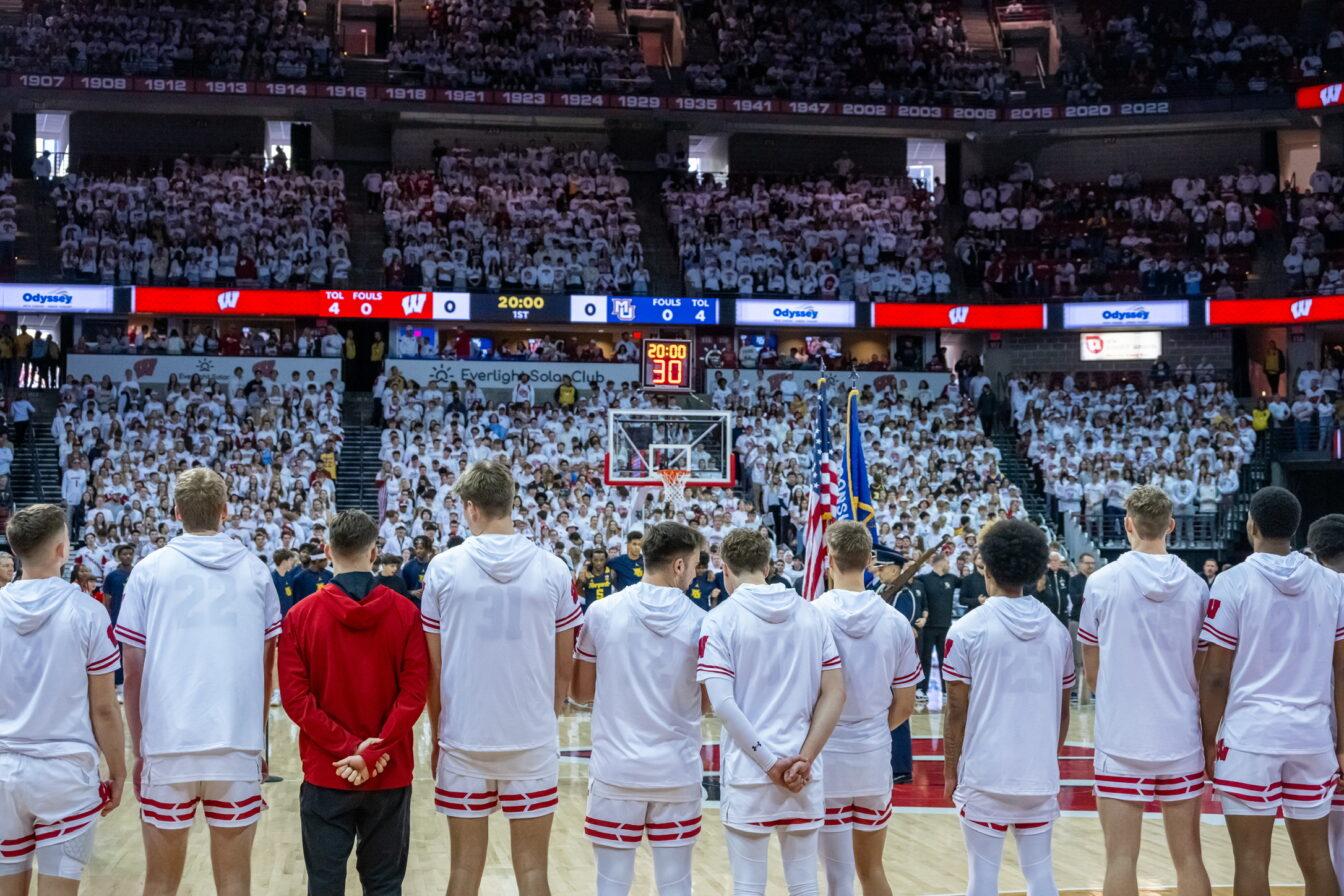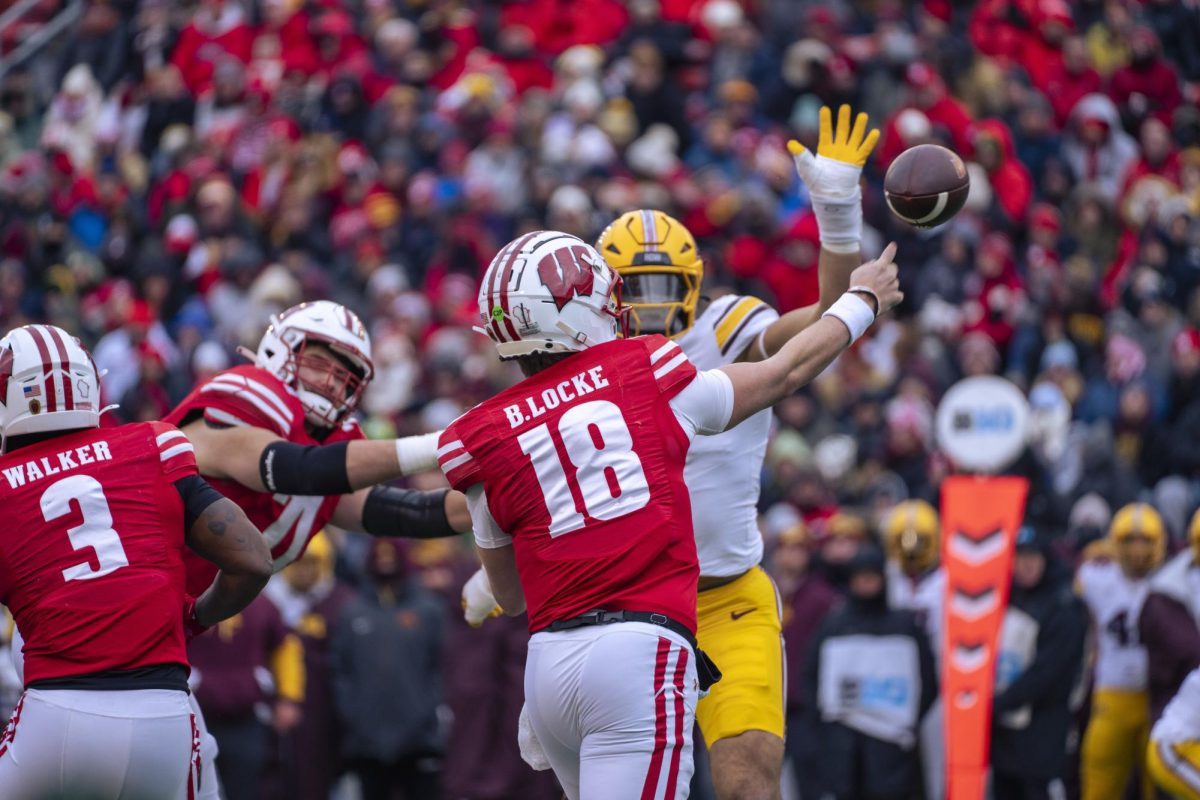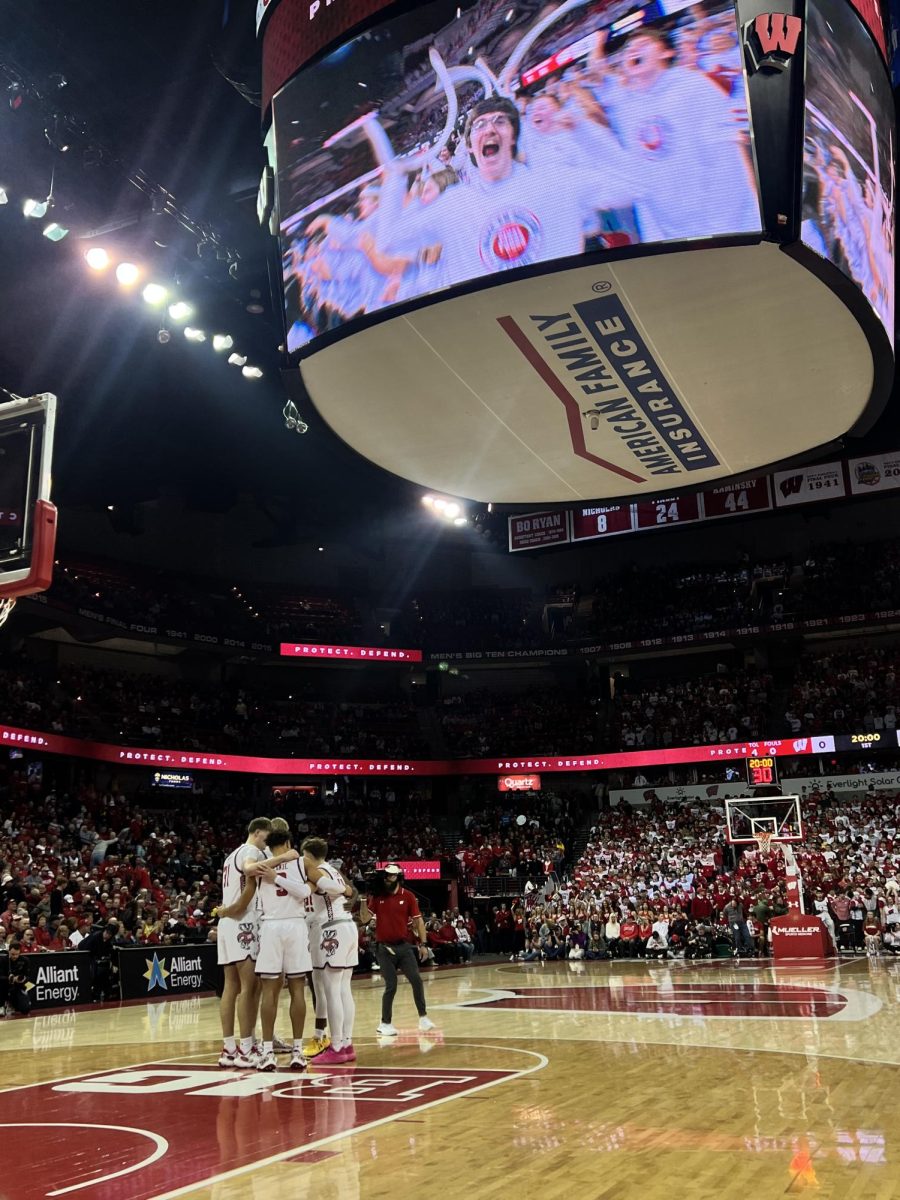On Sunday night after the last conference championship game is decided, printers will work overtime, pools will form, money will be exchanged and inevitably hundreds of thousands (if not millions) of people will fill out an NCAA Tournament bracket.
Many will choose based on the empirical evidence gathered by watching hundreds of college basketball games, scrutinizing every pick to its core. Others will color inside the lines or hover as close to the chalk as possible. And of course, some (and mind you, this is usually the most successful group) will pick according to mascot partiality and/ or uniform color.
There’s no one correct way to fill out a bracket because the NCAA Tournament is so unpredictable, which makes it as exciting as it has become over the last few decades.
There are some statistics that may help with “bracketology,” however, especially for first round games when many brackets are substantiated or torn to shreds (literally). Feel free to use them even though; in the end, they’ll likely help very little.
Picking No. 1 seeds are a given. In the history of the NCAA Tournament, no No. 16 seed has usurped No. 1 (that’s a 100 percent success rate if you’re scoring at home). Predicting the first ever No. 16 over No. 1 upset is throwing away points (but if you’re in my pool, you can be sure this IS the year it will actually happen; in fact all the No. 1 seeds might lose).
No. 2 seeds are usually pretty straightforward, as well. They are 80-4 in first round games (since 1985, when the field expanded to 64 teams). The last time a No. 2 lost in the first round, however, was in 2001, when Hampton took out Iowa State (Marcus Fizer’s career rapidly declined since that day, and how the heck did Iowa State earn a No. 2 seed in the first place?).
Three and four seeds are, for the most part, sure things. Lately, a few 13 and 14 seeds have snuck into the second round (Bucknell, Weber St. and Bradley come to mind), but even those upsets are pretty few and far between.
Then there’s the pesky 5-12 matchup. Most serious bracketologists wouldn’t dare turn in their bracket without a No. 12 over No. 5 upset. The reasoning behind the strategy is sound, as every year since 1988, except one, a No. 12 seed has taken down a No. 5.
Interestingly enough No. 6 seeds have a better record against No. 11 than No. 5 vs. 12. But even still, turning in a finished bracket without a No. 11 over a No. 6 is probably foolish.
From there, 7-10 and 8-9 matchups are often tossups. I suggest the “Ask Your Grandmother” technique for these games. Grandmothers are perfect for this kind of thing. They usually know nothing about basketball, sports or really anything else besides baking brownies, knitting sweaters and smelling kind of weird, which makes them eminently qualified for the job at hand.
Ask her which mascot sounds friendlier. Show her pictures of the head coaches, and ask her which man has a nicer face (they really like that kind of stuff; trust me). Do anything so that they are the one’s making the ultimate decision, not you.
Finally, voila: The first round is complete.
Now, there are some very difficult decisions to make in the second round. The first, however, happens to be the most exciting part of the process: picking the one or two Cinderella(s) in your bracket.
Everyone loves to see a Cinderella go deep into the tournament. Even more people love to be the ones who knew it would happen the whole time (though they didn’t really know, they just used the Grandmother Technique and are taking the credit for themselves).
If a No. 12 seed can take out No. 5, why can’t they do the same against a No. 4 and dance into the Sweet 16? A No. 11 over a No. 3, why not? Remember George Mason?
The numbers get pretty crazy past the first round in terms of statistics (how often No. X moves on vs. No. Y because there are so many possible matchups). But the No. 1 seed (assuming they have moved on) will always have to play the winner of the 8-9 game, which can be a really tricky pick.
The stats are in the No. 1 seed’s favor since their record against No. 8 or No. 9 seeds is 92-13 or about 85 percent all time.
Though, don’t be so quick to assume No. 1 is a sure thing this year.
ESPN’s resident bracketologist Joe Lunardi has Ohio State possibly matched up with Missouri (a team that was ranked as high as eighth in the polls this year) or Tennessee, (a team with wins over Pittsburgh and Villanova during the regular season) in the second round.
Is it so far fetched that either of these teams could take down the Buckeyes? Heavens no! (Though if Ohio State continues to shoot the three as well as it has lately, maybe it’s an easier pick than it seems).
In either case, past the second round, there are no sure things. There is no UNC with five NBA ready players to blaze through the tournament field. It’s wide open this year.
Some will go through several brackets, rethinking upsets, overanalyzing the 2-15 games, pestering grandma to no end and still won’t be happy with their finished product.
Others will go with their first instinct; fill out the bracket once, and leave it as is without worrying too much about it.
But almost all will be wrong about almost everything.







